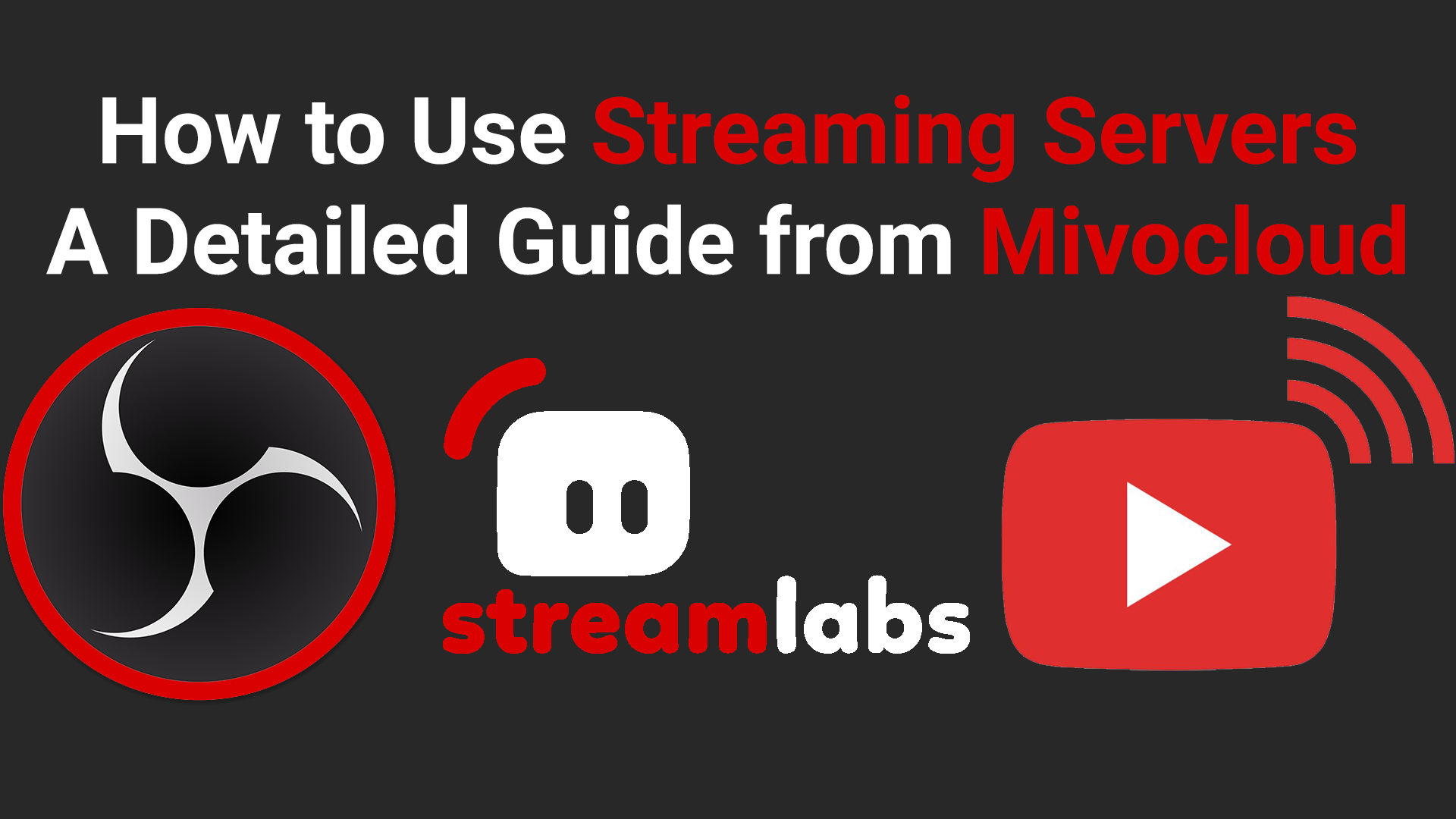How to Use Streaming Servers: A Detailed Guide from Mivocloud

Introduction: A New Reality for Streamers
I've been streaming games for probably 5 years now, and here's what I can say about it. Buying a second PC for streaming is not the best solution, but that's why we'll look at it in this article today.
Renting a VDS is a solution that many people are looking for without knowing it. You can ram up your PC and calmly configure OBS or whatever you use on a remote server. What are the advantages of this method? But in fact, there are a lot of them, for example, unloading your main PC, maintaining stable picture quality, the bitrate will not sink, and most importantly, it is possible to stream on several platforms at the same time without suffering eternal settings and load on your gaming PC. This way, you get a perfectly smooth gameplay, and your viewers get a flawless picture.
In this article, we will analyze in detail how it works, what you need to pay attention to when choosing a server.
How it works: "Division of labor" for your PC and server
Let's start as a beginner streamer. The heart of any broadcast is a video encoder that compresses the original video stream from your game and sends it to Twitch, YouTube, or any other platform. This process requires significant computing power, especially from the processor (CPU), and directly affects the performance in the game. When you play and stream from the same computer, your CPU is forced to perform two heavy tasks simultaneously. This often leads to frame loss (FPS), delays, and, as a result, a deterioration in the quality of the stream and your own gaming experience. It's very difficult to stream the same CS from one PC (I know from personal experience) because You lose FPS, which directly affect the game, and moreover, the picture on the stream seems to be falling, which is very repulsive to people from your broadcast.
The solution is to "divide the labor." Your gaming PC will only do what it does best — deliver maximum FPS in the game. And a powerful remote server will take over all the work on encoding and transferring videos to the streaming platform. Have you seen sites that offer to unload your PC and launch broadcasts on several platforms at once? So they use servers, but they use dedicated servers rather than VDS or VPS. In my opinion, if you are a small streamer, then it is better for you to take a VDS, even if it is a little more expensive than a VPS, for that you will have allocated resources. I wonder what is the difference between VDS and VPS? I told you here -
The scheme of work looks like this:
- You run the game on your computer, which produces consistently high FPS.
- Using special software (for example, OBS Studio), you send the raw video stream to a rented server.
- The server receives this stream, encodes it, and sends it to Twitch, YouTube, or any other platform. (Can be set to multiple)
This way, your computer is no longer "stressed out" by coding, and you can enjoy the game while your viewers get the perfect picture.
What should I pay attention to when choosing a server for streaming?
Choosing a streaming server is an investment in the quality of your content. In order not to make mistakes, it is important to understand which characteristics are the key ones.
Processor (CPU): This is the most important component for streaming. Video encoding is a multi—threaded task, so you need a processor with a lot of powerful cores.
This is where AMD Ryzen processors with Zen architecture come to the fore (preferably if your processor is AMD) For example, the AMD Ryzen 9 7950X models that are installed on our servers provide high clock speeds (up to 5.7 GHz) and have multiple cores, making them ideal for heavy coding tasks.
Random Access memory (RAM): For high-quality video encoding, the server needs a sufficient amount of RAM. Although 16 GB is enough for a comfortable game on your PC, it is recommended to use 32 GB or more for efficient operation of the server that will receive, process and send the video stream.
Disk subsystem (Storage): The choice of disk directly affects the speed of the server. For streaming, where large amounts of data are constantly being processed, high write and read speeds are crucial. Conventional HDDs can't handle it, and standard SSDs are no longer the best solution. I recommend using NVMe SSD only. They provide significantly higher performance, which guarantees smooth server operation, even if you stream in high resolution. In addition, a reliable disk system with a RAID10 array ensures the safety of your data and reliable operation. NVME SSD has already become the default drive in many hosting solutions and companies that value speed.
Network connection (Network): To transfer a stream from your computer to a remote server, you need a stable and fast upload speed. Most hosting providers offer a 1 Gbps connection, which is more than enough for 1080p and even 4K streaming.
How to choose the right hosting provider?
This is a very important point because there are companies that either treat customers unfairly. When choosing a hosting provider, pay attention to the reviews, the work of technical support, available locations, cost and characteristics, probably one of the most important is technical support, because the speed of their work depends on how quickly technical issues will be resolved if problems suddenly arise.
Result
Transferring the video encoding task to a separate server is a modern and smart approach that allows you to achieve maximum quality and stability of the stream without the need for an expensive second computer.
When choosing a server, pay attention to a high-performance multi-core processor (AMD Ryzen is best), a large amount of RAM and, of course, a fast NVMe disk.
Author: Anatolii Cohaniuc

